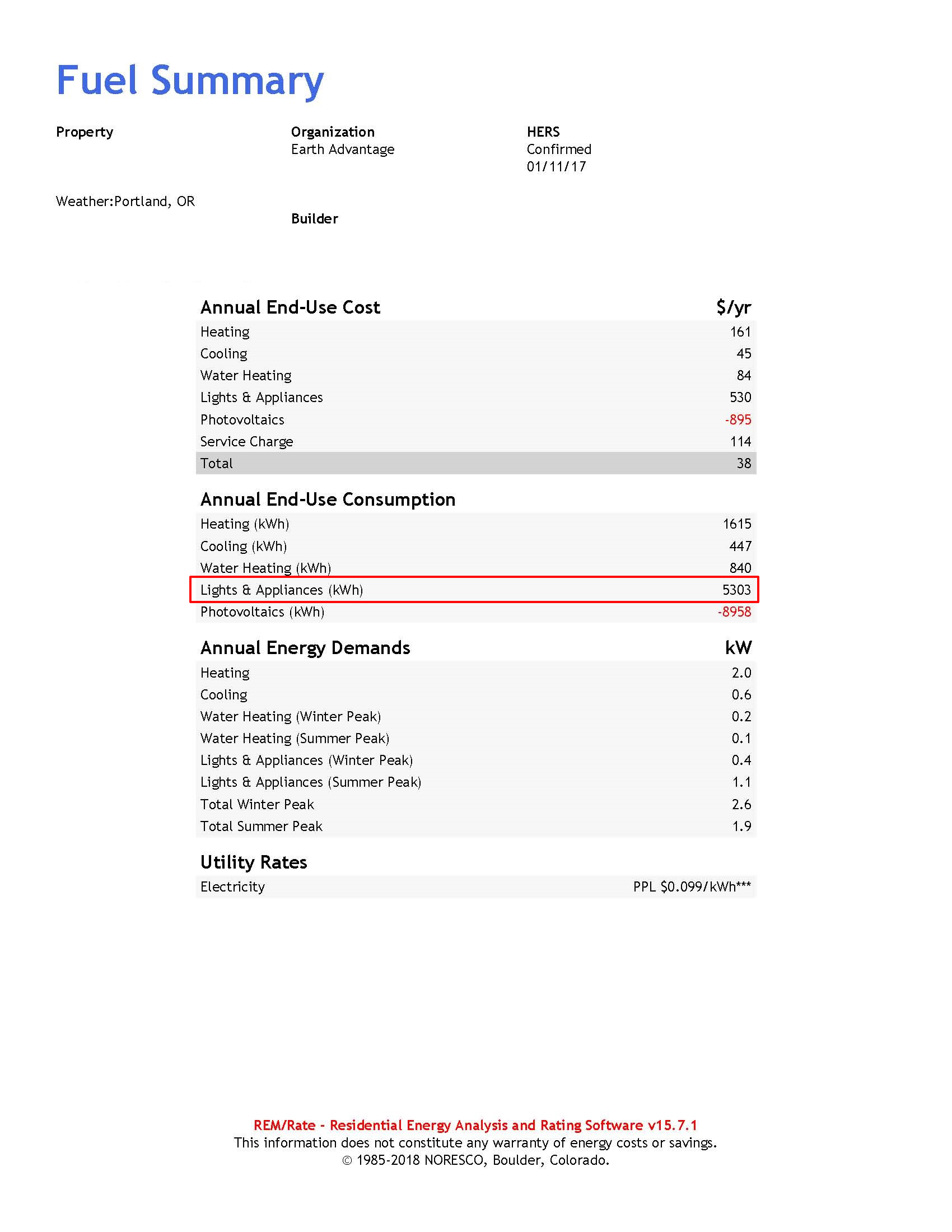Anyone involved in green building or energy efficiency in residential single family new construction knows how much our collective industry focuses on insulation and air sealing. There’s good reason for this. Space heating and cooling loads dominate the energy profiles of the vast majority of homes on the market outside of rare truly temperate climates like Hawaii.
Advances in air sealing techniques, products, and blower door testing coupled with blown-in insulation, exterior insulation, staggered stud wall framing, and other thermal bridge free wall assemblies can all be cost effective upgrades in the fight to shrink that load. Add triple pane windows and we’re starting to see entire wall assemblies that can perform much closer to the thicker floor and ceiling assemblies than ever before.
If you take that same high performance shell and then upgrade to a ducts inside conditioned space design, or use ductless minisplits you can effectively shrink the space heating and cooling load so significantly that water heating, appliances, plug loads, and lighting now play a bigger role. Now factor in that heat pump electric storage tank water heaters have also shown considerable efficiency improvements as well as the market’s adoption of LED lighting for almost every light in a conventional home. This brings us to the new largest energy use in new energy efficient homes; appliances and plug loads. With plug loads improving in efficiency over time and largely controlled by the future homeowner anyway this puts an even larger emphasis on the efficiency of the appliances. Dishwashers are provided by the builder on almost every production built home and ENERGY STAR rated dishwashers are required by almost all green building programs.

As I covered in a previous blog post when it comes to annual energy usage the clothes dryer is the Elephant in the Laundry Room using about 800 kWh / yr on average with clothes washers and refrigerators both using about 600 kWh / yr each. The efficiency of these units could literally make or break the viability of an Earth Advantage Zero Energy Home Certification. In order to avoid this conundrum don’t just point your clients towards ENERGY STAR rated appliances help them choose from ENERGY STAR’S Most Efficient Products list of the year.
What about new energy efficient gas homes? Our research indicates that the space heating load can be brought down considerably using the same shell and window upgrades coupled with the same ducts inside or radiant floor heating system upgrades. However, this load is brought down to a number virtually on par with the lights and appliances energy load. With water heating representing about an eighth of the total energy profile if using a high efficiency condensing tankless water heater.